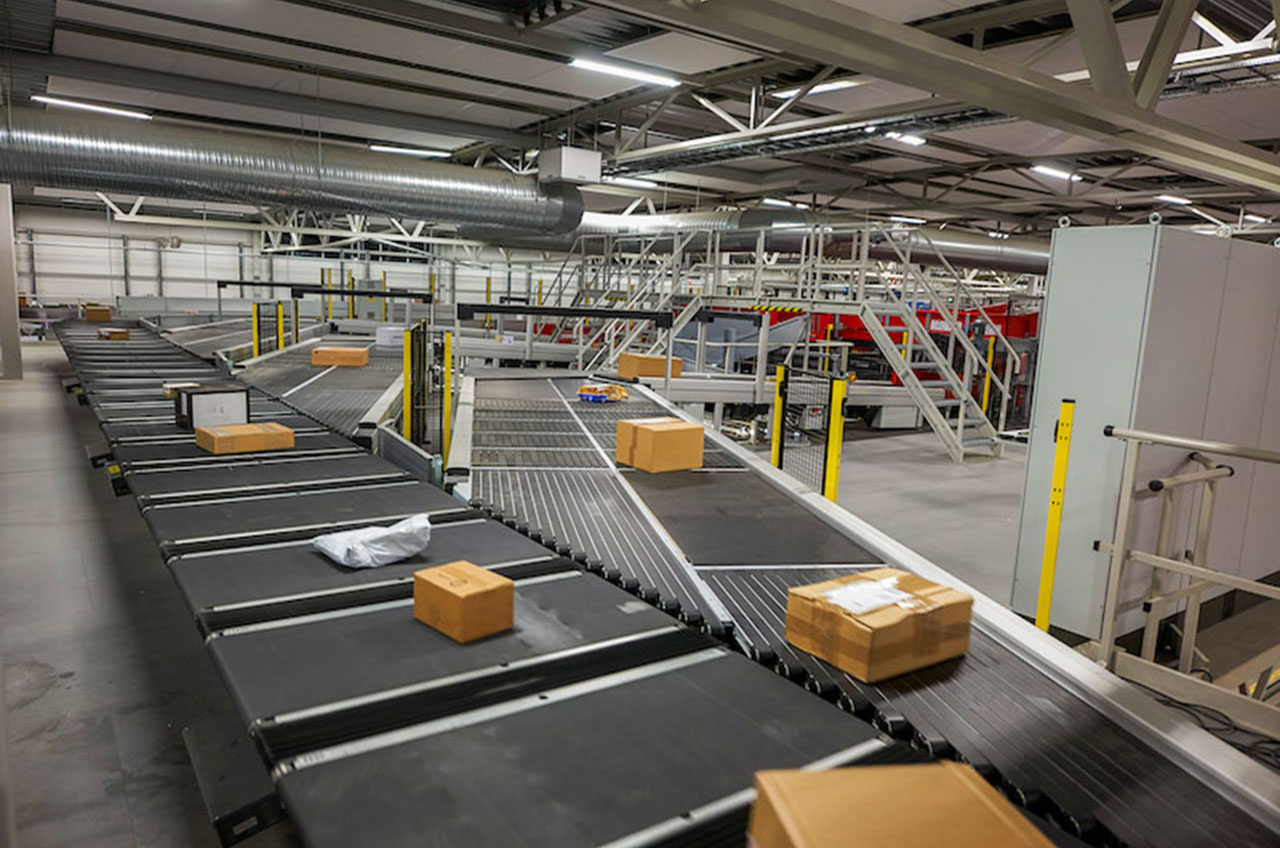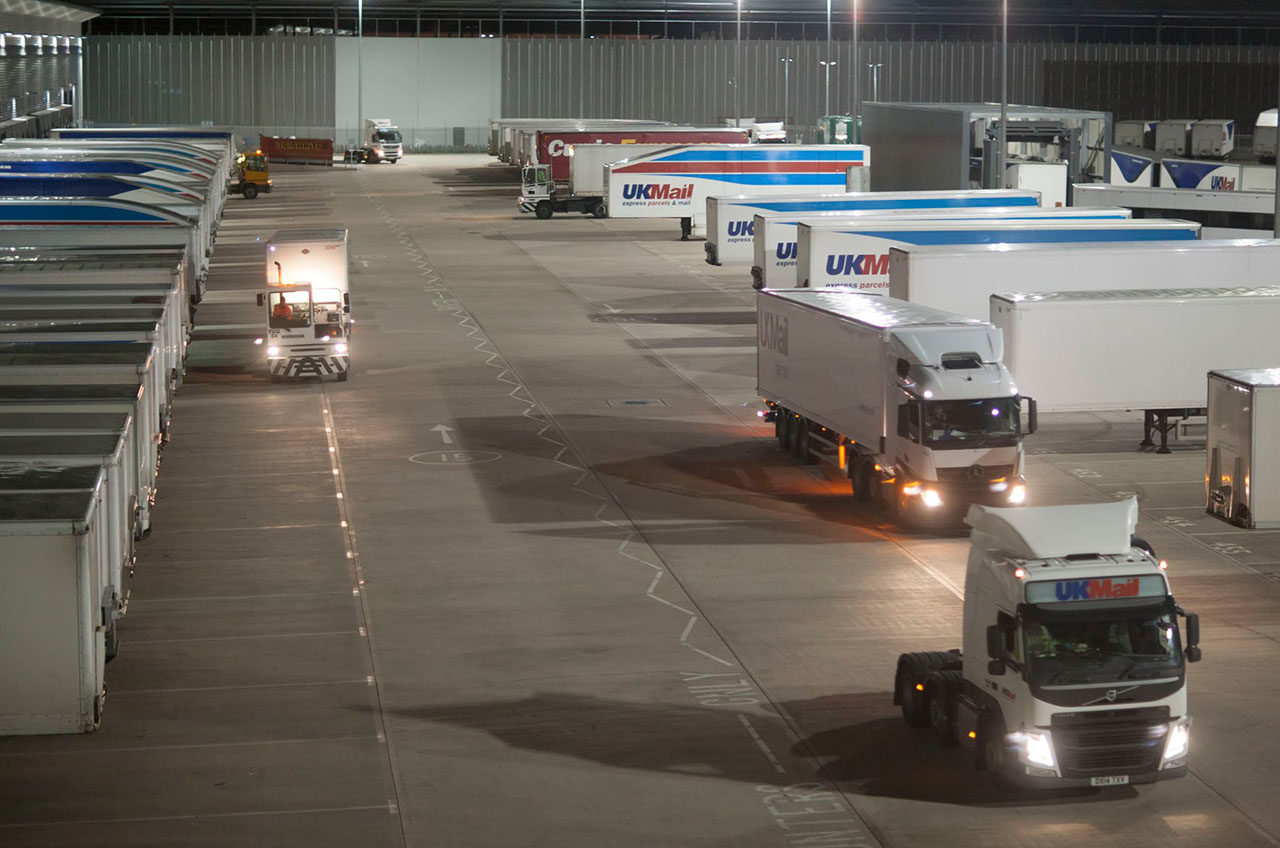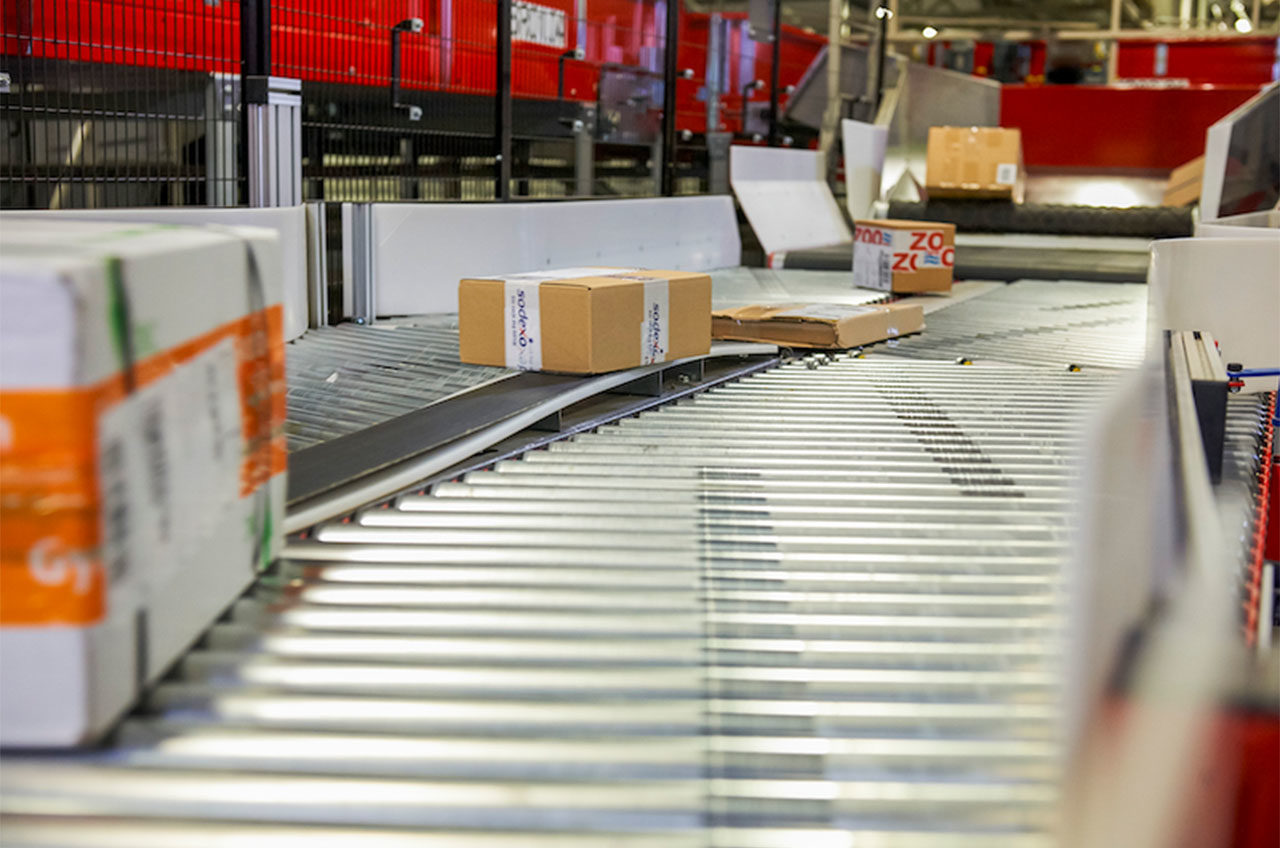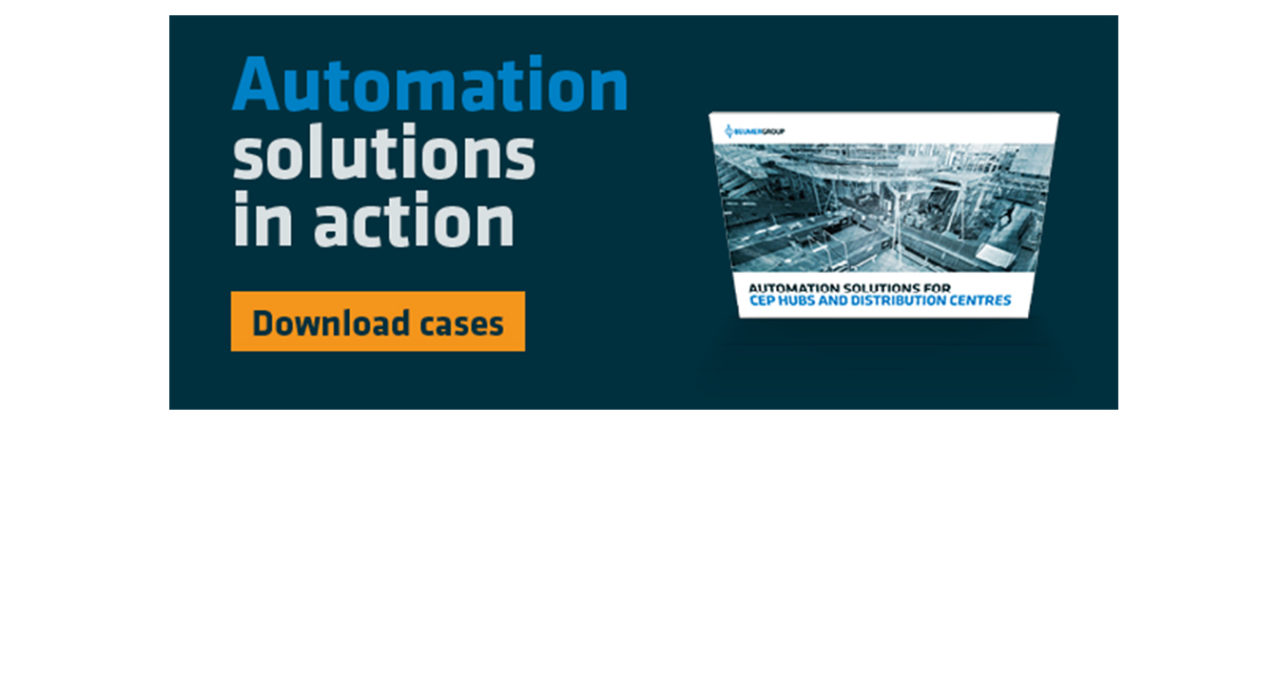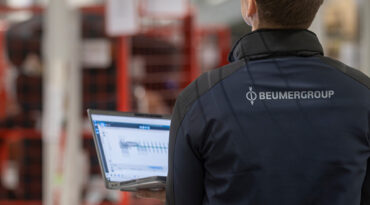The benefits of parcel automation
There are many benefits that come with automating distribution centres, chief among them being the higher capacity they enable. Automation reduces the handling time also, creating less physically demanding work environments. A further advantage is that automated sortation systems, when designed intelligently, don’t occupy an excessive footprint. And the added bonus is that automated systems, with their energy-efficient drives, are infinitely more environmentally acceptable.
Take a look at these facts and figures that illustrate these benefits perfectly:
- Hermes handles 60,000 items per hour (that’s an incredible 1 million parcels daily!)
- UK Mail handles 20,000 parcels per hour
- Austria Post processes 50,000 parcels per day (or 6,000 parcels per hour) with a footprint of just 5000m2
- UK Mail’s sortation system allows for better fleet management, reducing the centre’s carbon emissions
- PostNord’s new sortation system has achieved an astonishing 75% savings in energy consumption
Without a doubt, automation has been a hugely positive development for the CEP industry and continues to develop. But at the end of the day, humans or another machine are needed to process the parcels. So, what about the future? What’s in store for distribution centres when it comes to automation technologies?
The future of parcel sorting … bring on the robots
Logistics robots are, of course, the next big thing in the CEP industry and many await their implementation with much anticipation. Some, such as Posten Norge and Australia Post, have been implementing straightforward robot technology. However, although much of the technology has already been developed, the true integration of robotic technology in distribution centres is in its infant stage.
Why’s this? What’s holding up the robotic development? In short, what robotic technology is trying to achieve is incredibly difficult. Effectively, it’s attempting to digitise human intelligence and create a robot that can make autonomous decisions. No small task! On top of this, developing the technology to perform the robotic hand grip – essential in sortation processes – remains an unresolved problem. Robots are expected to be versatile and intelligent and the technology is just not there yet.
This is not to say that this next level technology doesn’t have huge potential for CEP companies once these issues are resolved. It could be, for example, that robots will have a really important role in the efficient and swift handling of bulk parcel flows in ways never seen before. Watch this space.
















